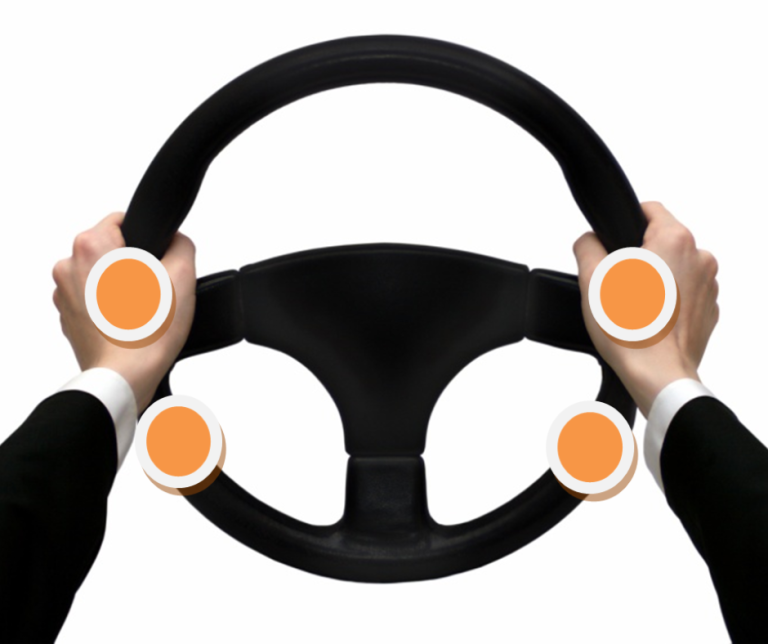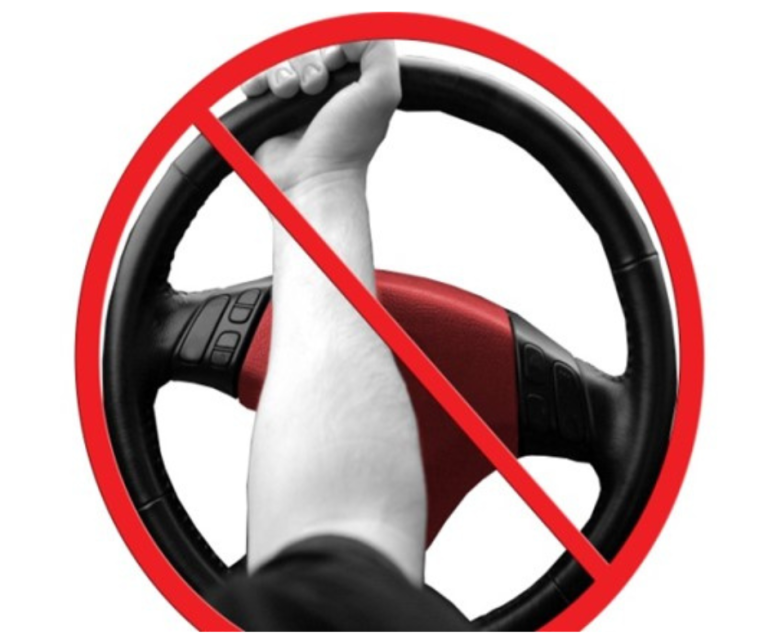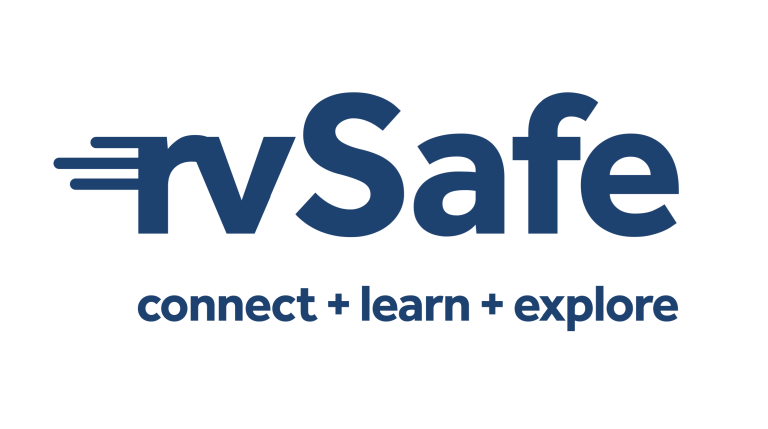
Gallery5
Driving an RV is more strenuous than driving a passenger vehicle and there is a lot more to take into consideration. Here are 15 important tips:
- 1. Check your driving position. Adjust your seat so your left foot can comfortably rest on the footrest and the back rest is not reclined more than 110 degrees. Your arms should be bent when you reach the steering wheel, no more than 90 degrees.
- 2. Your hands should be on the steering wheel at 9 and 3 o’clock. Having your hands in this position allows you to reach indicator and wiper stalks without removing your hands from the wheel. Your hands are also in line with your body mass giving centre of gravity, as well as your heart which is great for managing fatigue, and your hands are at the perfect position for balance and stability. Never place your hands at 12 o’clock on the steering wheel as it is disastrous if airbags need to be deployed.

5
- 3. Allow longer stopping distances – your RV is bigger and heavier than a passenger car and it will take longer to stop. You also need to leave a larger gap between yourself and the vehicle in front.
- 4. Allow for slower acceleration. Once again, a bigger and heavier vehicle will be slower off the mark so make sure you take this into consideration. For example, when trying to turn across an intersection, you will need a bigger gap.
- 5. Avoid quick sharp turns to prevent instability and rollovers. Whether you’re driving a motorhome or a car and caravan, neither will handle the same as a passenger car.
- 6. Look further ahead than you normally would and factor in the environment including flora, fauna, and weather.
- 7. Don’t forget the added height, width and length of your vehicle. Be careful of low bridges or branches. If you don’t know the height of your vehicle – measure it before you head off! If merging lanes, allow for the extra length.

5
- 8. Be comfortable using your mirrors. You will need to rely on them more with a larger vehicle. Take the time to set them up properly before you leave home.
- 9. Take a wider swing when navigating corners as you will need more space. If your vehicle is over 7.5 metres, you can display a ‘Do Not Overtake Turning Vehicle’ sign and you are legally allowed to take up more than one lane to turn corners, intersections and roundabouts.
- 10. Use a low gear when going down steep hills and avoid riding the brakes. If your brakes burn out, it quite simply means that you have no brakes. If you see a sign saying “Trucks Use Low Gear’ it may be a good idea to do the same in your RV.

5
- 11. If you need to go slower than other traffic, move over so they can pass when it’s safe to do so.
- 12. When using rest areas, think about other users and park at the end of the area. Don’t use truck areas unless there is an emergency.
- 13. Know how to use your electric brakes. This applies to towing combinations towing over 2t. Adjust them correctly and know how to apply the trailer brake manually in case of sway.
- 14. When in cities or towns, plan ahead so you don’t get caught somewhere you don’t fit.
- 15. Rest often! Driving an RV is more tiring than driving a regular passenger car. Plan your rest stops and share driving when possible.
More information
rvSafe is designed to increase road safety awareness and education specific to the RV industry. The project is funded through the Federal Government’s Road Safety Awareness and Enablers Fund and is proudly supported by the Campervan & Motorhome Club of Australia (CMCA).
Find out more at rvSafe.com.au and cmca.net.au

5
Please enable JavaScript to view the comments powered by Disqus.

COMMENTS